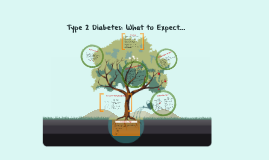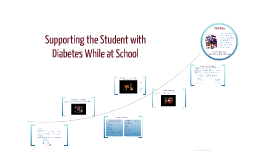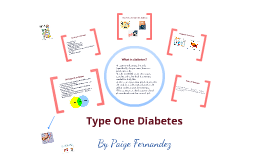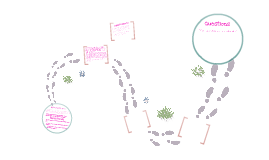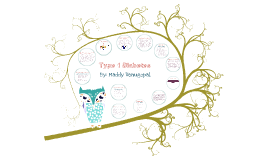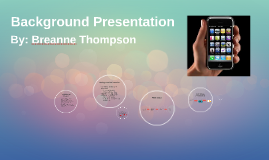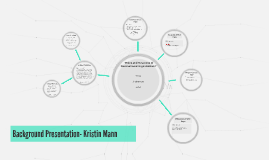Diabetes presentation
Transcript: Low blood sugar can happen suddenly and can be fatal, so it must be treated immediately! Shaky, fast heartbeat Sweaty, pale, dizzy Hungry, headache Anxious or irritable Blurry vision Weakness or fatigue Change in behavior Causes: Too little food or skipping a meal, too much insulin or diabetes medication, and exercise. Extreme thirst Need to urinate often Thrush Dry skin Hungry Blurry vision Drowsy, tired, lethargic Slow healing wounds Weight loss Causes: Too much food, too little insulin or medication, illness, stress. Hyperglycemia occurs gradually Hypoglycemia- Low sugar Sugar-based candy, juice or glucose tablets equivalent to 15gms of sugar. You can also place glucose gel between their cheek and gums if student is unable to swallow. When a student becomes unconscious from severe low blood sugar, administer GLUCAGON, the emergency life-saving medication. Diabetic emergency Mission DART: Diabetes Action Response Team Every attempt will be made to provide a substitute nurse DVUSD believes that the best person to supervise and manage the care of a student with diabetes is a licensed nurse There may be times when the nurse is not immediately available and that is why we have a Diabetic Action and Response Team (DART). Members of DART are non-medical personnel who have received training in emergency diabetic tasks so that at least two staff members are always available to provide emergency assistance. Non-medical staff do not administer insulin Parent will designate in writing a capable adult family member who will assume responsibility for insulin administration in the absence of the school nurse In the absence of the school nurse Diabetes management is a 24 hours a day, 7 days per week job. All people with Type I and Type II Diabetes must carefully balance food, medications, and activity level to keep blood glucose levels as close to normal as possible. Our mission Diabetes overview Signs and symptoms of low blood sugar, high blood sugar Emergency management- glucagon administration Role and responsibilities of school personnel in diabetes management Role of DART members – Diabetes Action Response Team Supporting the Student with Diabetes While at School Objectives Non-medical staff members (at least 2 per campus) will attend DART training which will be done at district by lead nurses Classroom teachers may be trained as a DART member in case of field trip, lockdown, emergency situations DART members will provide EMERGENCY CARE ONLY in the event the nurse is not immediately available Administration of insulin via an insulin pump may be supervised by two DART members with support of campus nurse or parent on phone. Training will be provided by a licensed school nurse and includes: Diabetes overview, symptoms and treatment of hypoglycemia, techniques for recognizing the symptoms that require the administration of glucagon, and the procedure of glucagon administration. Signs and Symptoms Thank you for your participation in this training! Roles and Responsibilities of School Staff Emergency care is everyone’s responsibility! If you suspect hypoglycemia, NEVER leave student alone If in doubt, treat as a low! Diabetes is a group of metabolic disorders characterized by high blood sugar (hyperglycemia). Summary Review all medical alerts in Powerschool, meet with the school nurse as indicated by the student’s condition when necessary Have diabetic information readily accessible to the substitute teacher in your Sub Folder Notify parents and school nurse in advance of changes in school schedule, e.g. field trips, class parties, and other special events. Receive Diabetes and Bloodborne Pathogens training annually Respect student’s right to privacy and confidentiality Treatment for low blood sugar: Diabetes Overview Provide a medically safe environment in the educational setting for the student with diabetes Ensure that students with diabetes receive consistent, effective, and evidence-based care Foster a collaborative relationship between the nurse, the school, the student, and the student’s family Delineate responsibilities for the care and management of students with diabetes Standardize diabetes care across all DVUSD schools Hyperglycemia- High sugar






